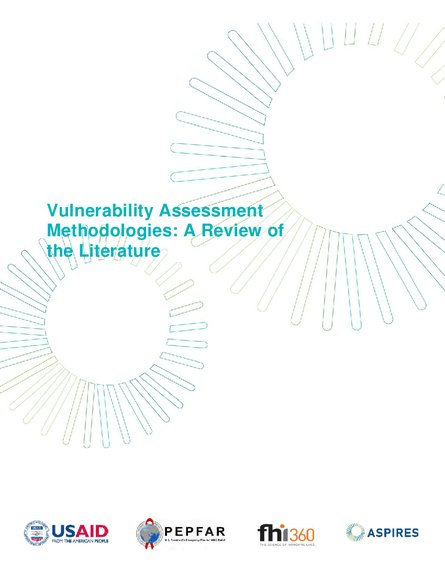
Vulnerability is an elusive concept. Its definition varies across disciplines, ranging from engineering to psychology to economics. In the development community, vulnerability has become an important concept used to guide the design, evaluation, and targeting of programs. In southern Africa, for instance, governments, NGOs, UN agencies, and other groups formed country-level Vulnerability Assessment Committees starting in 1999 to harmonize and improve methods of assessing vulnerability, with a focus on food aid (Frankenberger, Mock, & Jere, 2005). Since then, practitioners have given greater emphasis to the multidimensionality of vulnerability, working with a variety of measures to capture the complexity of the concept. For the purposes of this review, we use the broad and established definition of vulnerability in sustainability science as “the degree to which a system, subsystem, or system component is likely to experience harm due to exposure to a hazard, either a perturbation or stress/stressor” (Turner et al., 2003, p. 74). This literature review provides an overview of the tools and methods used to measure vulnerability, as pertains to development interventions focused on economic strengthening, at the population level as well as the household and individual level.